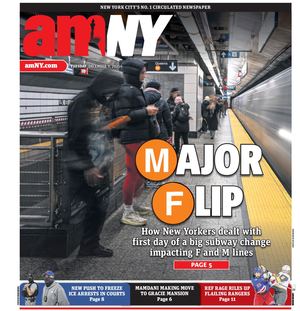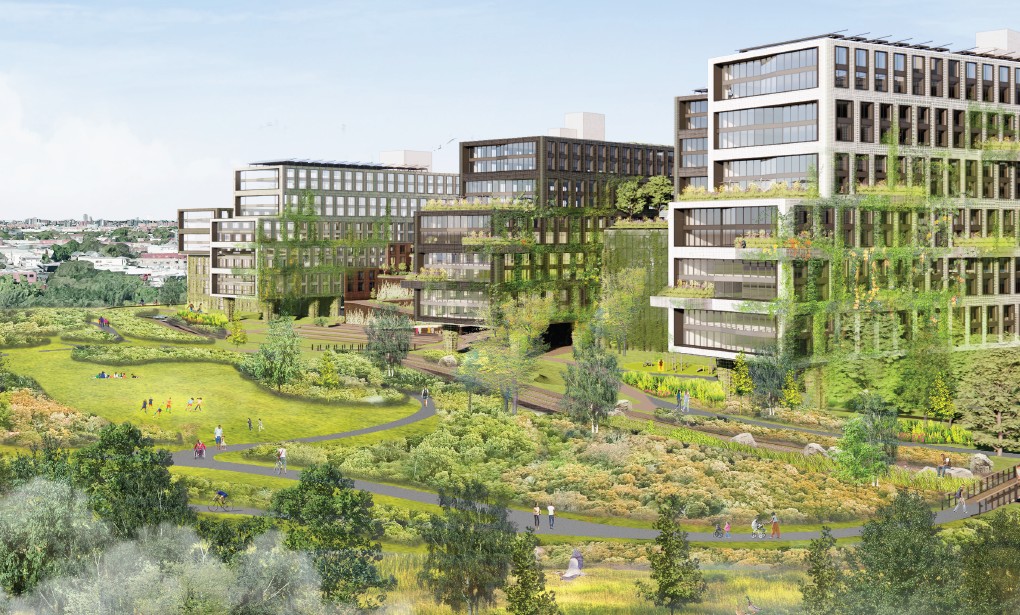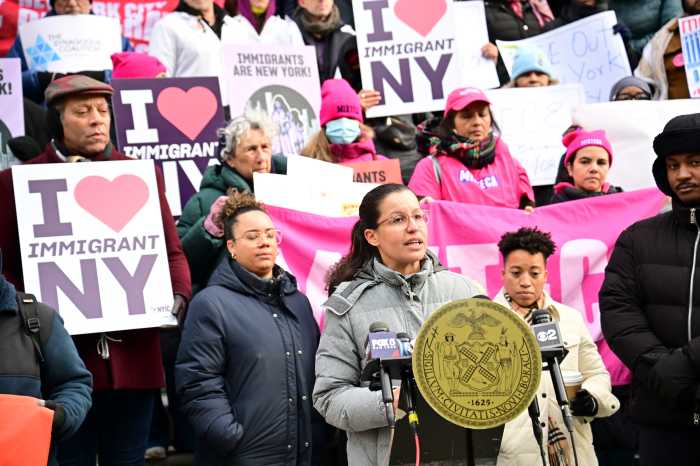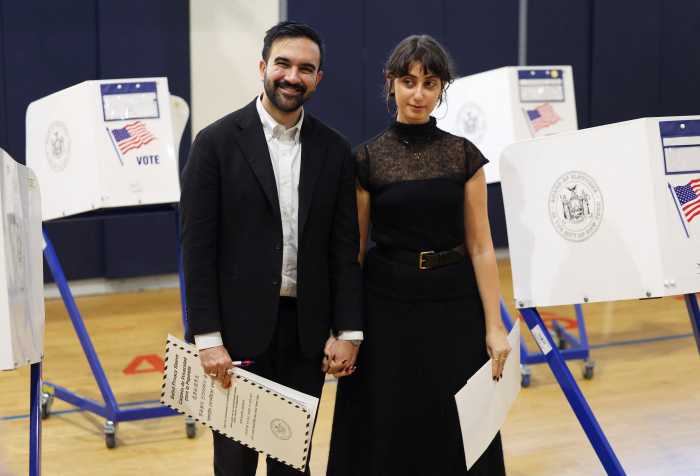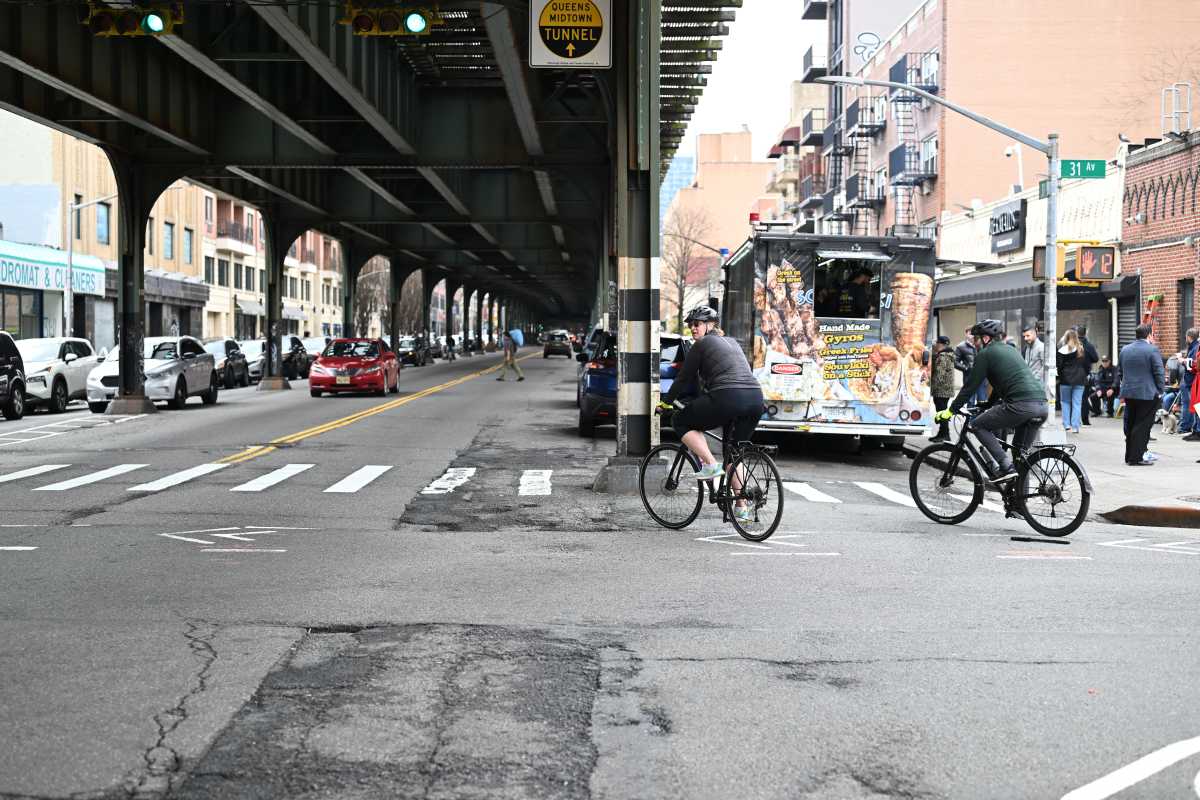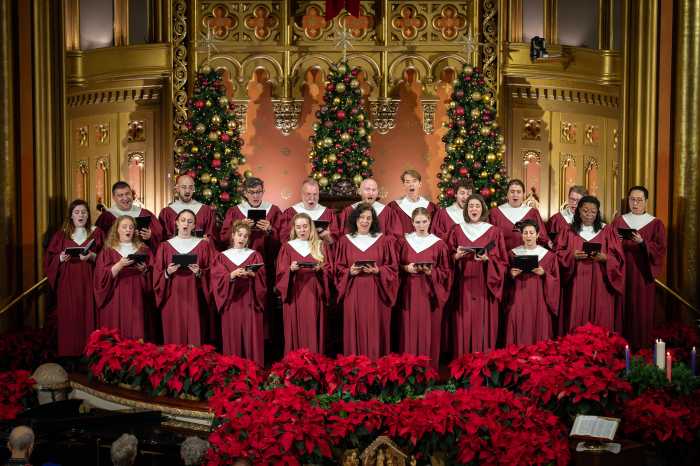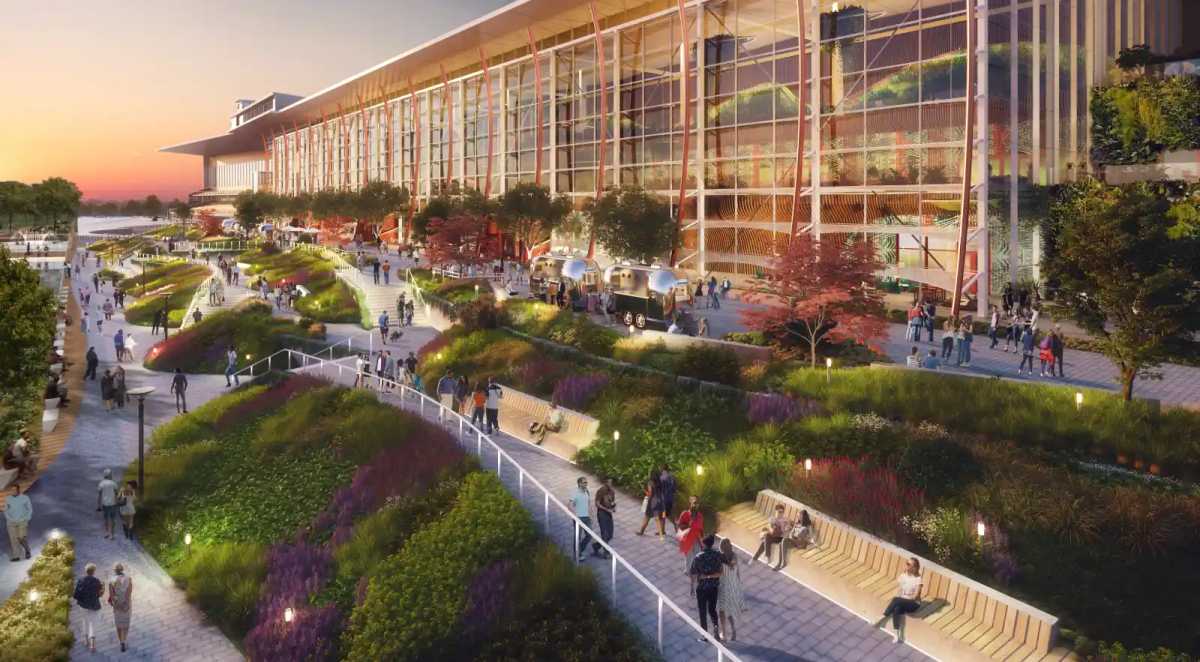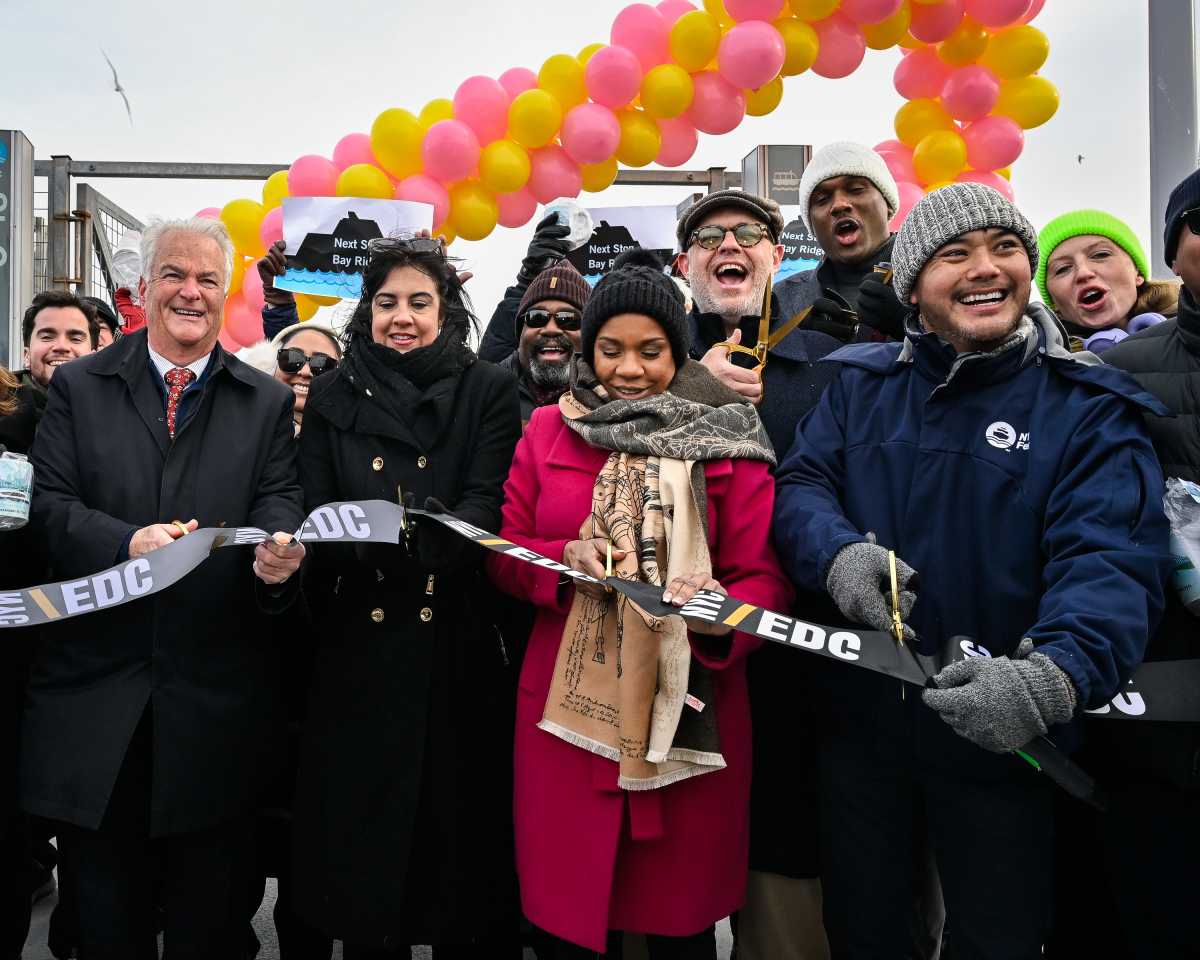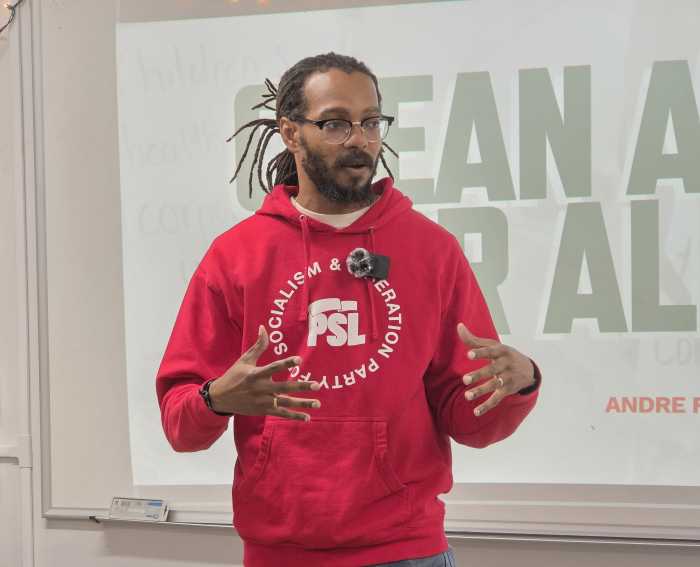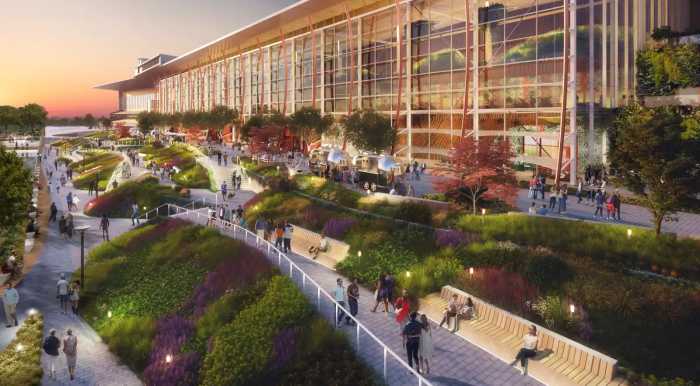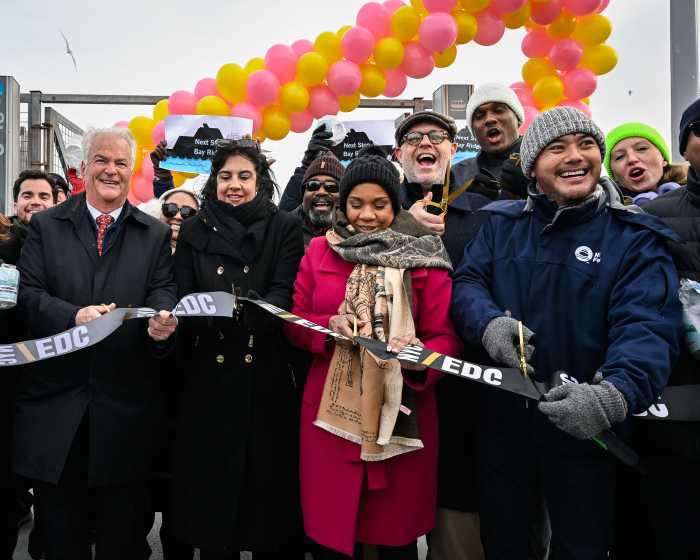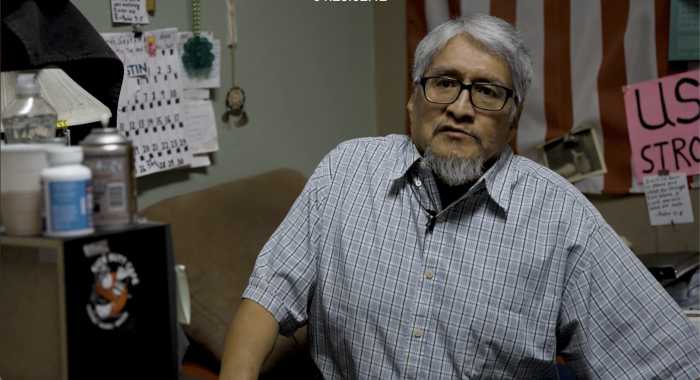Affordable housing is one of the biggest issues driving the 2025 NYC Mayor’s Race. When New Yorkers go to the polls to elect a new mayor next month, they will also be voting on a series of ballot proposals that could significantly alter how the city approves or denies housing developments.
There are a total of six proposals on the ballot on Nov. 4, five of which were endorsed by Mayor Eric Adams and drafted by his appointees on the Charter Review Commission (CRC). Among those five CRC-crafted proposals, three have proved particularly controversial, igniting a long-standing feud between City Council and City Hall over the future of the city’s housing review procedure.
New York City faces a housing crisis, characterized by a historically low vacancy rate of 1.6%, with no clear mechanism in place to create more affordable housing.
Ballot Proposals 2-4 — which aim to “fast-track” affordable housing, more simply review modest housing projects, and establish an appeals board that could override the City Council on housing issues — are questions designed to “take the politics out of affordable housing,” according to a CRC spokesperson.
Each of the questions impacts the arcane Uniform Land Use Review Procedure (ULURP), which critics have said is time-consuming and mired in red tape. Currently, community boards and borough presidents take 60 days and 30 days, respectively to issue advisory opinions before a binding decision from the 13-member City Planning Commission (CPC) can occur, followed by an additional binding decision from the City Council, which has up to 65 days to approve or make modifications to a proposal as part of ULURP.
Generally speaking, it can take as long as nine months before a final decision can be made through the ULURP process.
The City Council objects to Ballot Questions 2-4 because it believes they would take away power from its members. The ongoing feud is the latest in a series of spats between City Hall and the City Council as the relationship between the two bodies continues to fracture in the final months of the Adams Administration.
Under the current system, hyper-local politics to thwart potential developments in certain districts, with relevant council members often influencing the vote of the entire Council, supporters of Ballot Proposals 2-4 say. The City Council has a practice known as “member deference,” in which the body generally votes along with a speaking member for or against a project in that member’s district.
This was seen in July when Bronx City Council Member Kristy Marmorato voted against zoning changes for the proposed Bally’s casino in her district; a majority of the body voted along with Marmorato to defeat the plan, which was resurrected by Mayor Adams, who overrode the decision.
What’s on the ballot?
Question 2, which aims to “fast-track affordable housing to build more affordable housing across the city,” would introduce two new fast-tracked procedures for developing affordable housing. The proposal would significantly alter the approval process for publicly financed affordable housing developments, which would no longer be required to undergo the full seven-month Uniform Land Use Review Procedure process.
Instead, such developments could seek approval directly from a reformed Board of Standards and Appeals (BSA), which has oversight of the entire development process. It would have 30 days to deliberate on a project after relevant community boards reviewed the development for 60 days previously.
But all five BSA members would be appointed by the mayor — shifting power from the City Council, and potentially reshaping housing development for generations.
The proposal also aims to fast-track affordable housing in districts that have historically produced the least affordable housing in the city by introducing a new expedited application process that removes the City Council from the decision-making process entirely.
The new process would target districts with the lowest rates of affordable housing by allowing community board and borough president reviews to take place simultaneously before the development proceeds directly to a final vote from the City Planning Commission.
The 51-member Council has widely criticized the proposal. It has been stated that it would remove the Council from the decision-making process for many developments, arguing that such a move would deprive the community of a voice in the process, given the influence that a council member can have on a development in their district.
Question 3, meanwhile, aims to simplify the review of modest housing and infrastructure projects by replacing ULURP with a new Expedited Land Use Review Procedure (ELURP). This would represent a significant change from ULURP by reducing the process from seven months to approximately three months.
The new simplified review would only apply to developments that increase residential capacity by up to 30% in medium- and high-density districts, or to developments up to 45 feet in height in low-density districts.
However, the Council argues that the term “fast track” is misleading because the Council’s 65-day review period represents only a tiny fraction of the overall process for most developments, which typically takes around 700 days before even entering ULURP due to long and arduous agency reviews, such as environmental reviews.
The Adams administration countered that making the process more efficient is only one goal of the CRC proposals, in addition to efforts to root out some of the hyper-local politics that can hinder development in certain parts of the city.
The CRC spokesperson pointed to several council districts across the city that had produced an average of just three affordable homes per year between 2022-24 and said hyper-local politics has prevented numerous developments in certain districts.
Question 4 on the ballot, which would establish an affordable housing appeals board comprising the mayor, the council speaker, and the relevant borough president, would help cut through local politics and prevent council members from effectively vetoing affordable housing developments in their districts, the CRC spokesperson said.
The City Council has strongly pushed back against that argument, with a representative stating that the appeals board cannot only override the council when it rejects a development but also when it approves a development with modifications.
The appeals board will have the power to reverse the Council’s modifications back to what was approved by the City Planning Commission. However, a CRC spokesperson stated that the move is intended to counter modifications made in “bad faith.”
What does the Council have to say?
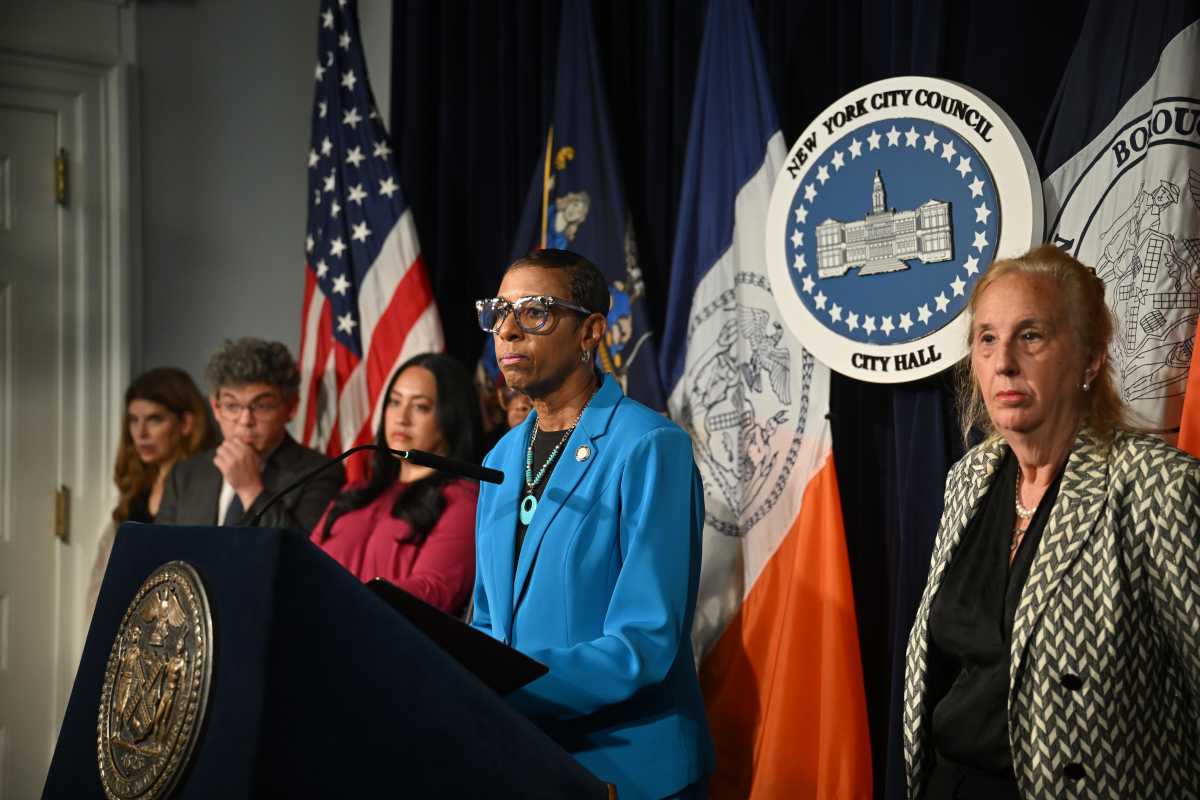
Council Speaker Adrienne Adams, who is term-limited and leaving her seat on Jan. 1, nonetheless has said the proposals would remove community input from the process by ceding the Council’s role in ULURP to City Hall, with all five members of the BSA appointed by the Mayor in addition to seven members of the 13-member CPC.
The CRC responded that all members of the BSA and all members of the CPC, except for the mayor-appointed CPC Chair, must be approved by the Council.
However, the speaker believes that it is disingenuous to suggest that the proposals will fast-track housing when the Council’s 65 days represents a minuscule portion of a process for approving a housing development. She added that the proposals will provide a “false solution” to the housing crisis while simultaneously removing the power of local communities.
“New Yorkers deserve to know the truth about Mayor Adams’ misleading Ballot Proposals 2, 3, and 4, because the language being used to describe them is misleading,” Speaker Adams said. “These proposals will take away communities’ power to secure new housing that is affordable to residents and comes with investments in their neighborhood parks, schools, transit and other essentials.”
Casey Berkovitz, a spokesperson for the CRC, pushed back against Adams’s comments, saying the programs would not only expedite some housing projects at a time when the city is facing a historic housing crisis but also remove some of the political issues that have stymied development in the past.
“New York City faces perhaps the worst housing crisis in its history – a crisis that is driving longtime New Yorkers out of the city,” Berkovitz said.”These proposals would create faster, simpler, and less political processes for the types of development that New Yorkers frequently say they want most: affordable housing and modest projects that fit into the existing neighborhood fabric.”
Chief among the CRC’s concerns about local politics hindering housing development is a statistic that reveals 12 community board districts have produced more affordable housing stock than the other 47 combined, with this disparity particularly pronounced in Queens.
As one example, Community District 408, representing Long Island City, Sunnyside and Woodside, produced 2,871 housing units in 2024, while just 76 units were produced in Community District 413, including parts of Cambria Heights, Laurelton and Glen Oaks.
Legal concerns
City Hall, meanwhile, has accused the Council of illegally using taxpayer money to fund mailers and leaflet campaigns encouraging voters to vote against the proposals.
The Council has created a website and sent mailers warning voters that the proposals would “take away your community’s power,” which some legal experts have described as a potential violation of the City Charter, which prohibits elected officials from using government funds to support or oppose a referendum or candidates.
City Hall has also pointed to a recent lawsuit filed by the Council’s eight-member Common Sense Caucus, comprising Republicans and some moderate Democrats, which unsuccessfully sought to remove the proposals from the ballot.
“Having failed to deprive New Yorkers of their democratic right to vote on housing-related ballot proposals this November, Speaker Adams and her fellow NIMBYs are now using taxpayer resources to spread misinformation about proposed housing reforms,” City Hall spokesperson Kayla Mamelak said.
In response, Council officials stated that they were not using taxpayer funds to support a “No” vote on the proposals, but rather were attempting to educate voters on the impact of the three proposals, accusing the Adams Administration of intentionally using misleading language.
“Mayor Adams’ administration can’t justify why its ballot proposals are so misleading and hide their real impact from voters, so they’re distracting from the argument with false accusations,” said Benjamin Fang-Estrada, a Council spokesperson. “The Council regularly communicates with New Yorkers, and it is our responsibility to engage in important public policy debates, especially when it is necessary to clarify the policy stakes for New Yorkers about dishonest proposals.
“Public education is not electioneering. The Council is not expressing how New Yorkers should vote but is being explicitly critical about how these ballot proposals are misleading, hiding that they take away New Yorkers’ democratic power by exploiting a very real housing crisis.”
The spokesperson added that informing the public about the impact of the proposals is “critical.”
Mayoral candidates weigh in
The debate over Ballot Questions 2-4 is an important issue in the ongoing mayoral election. Democratic nominee and frontrunner Zohran Mamdani has faced criticism, including during the final mayoral debate on Oct. 22, for failing to take a public stance on the issue.
Independent candidate Andrew Cuomo, who supports the proposals, and Republican candidate Curtis Sliwa, who vehemently opposes them, jeered when Mamdani refused to support or oppose the proposals at Wednesday night’s debate.
“I’m appreciative that those measures will be on the ballot and that New Yorkers will be able to cast their votes for them,” Mamdani said when asked by the moderators for his stance on the measures.
Sliwa, meanwhile, joined the Common Sense Caucus in filing a lawsuit against the proposals and issued a stern rebuke of the proposals in a statement issued to amNewYork. The Republican nominee also voiced his objection to another proposal – Question 6 – which would move local elections to presidential election years in order to increase voter participation.
“These ballot proposals would strip neighborhoods of their say in zoning and hand even more unchecked power to City Hall, which is the opposite of what New Yorkers want,” Sliwa said in a statement.
